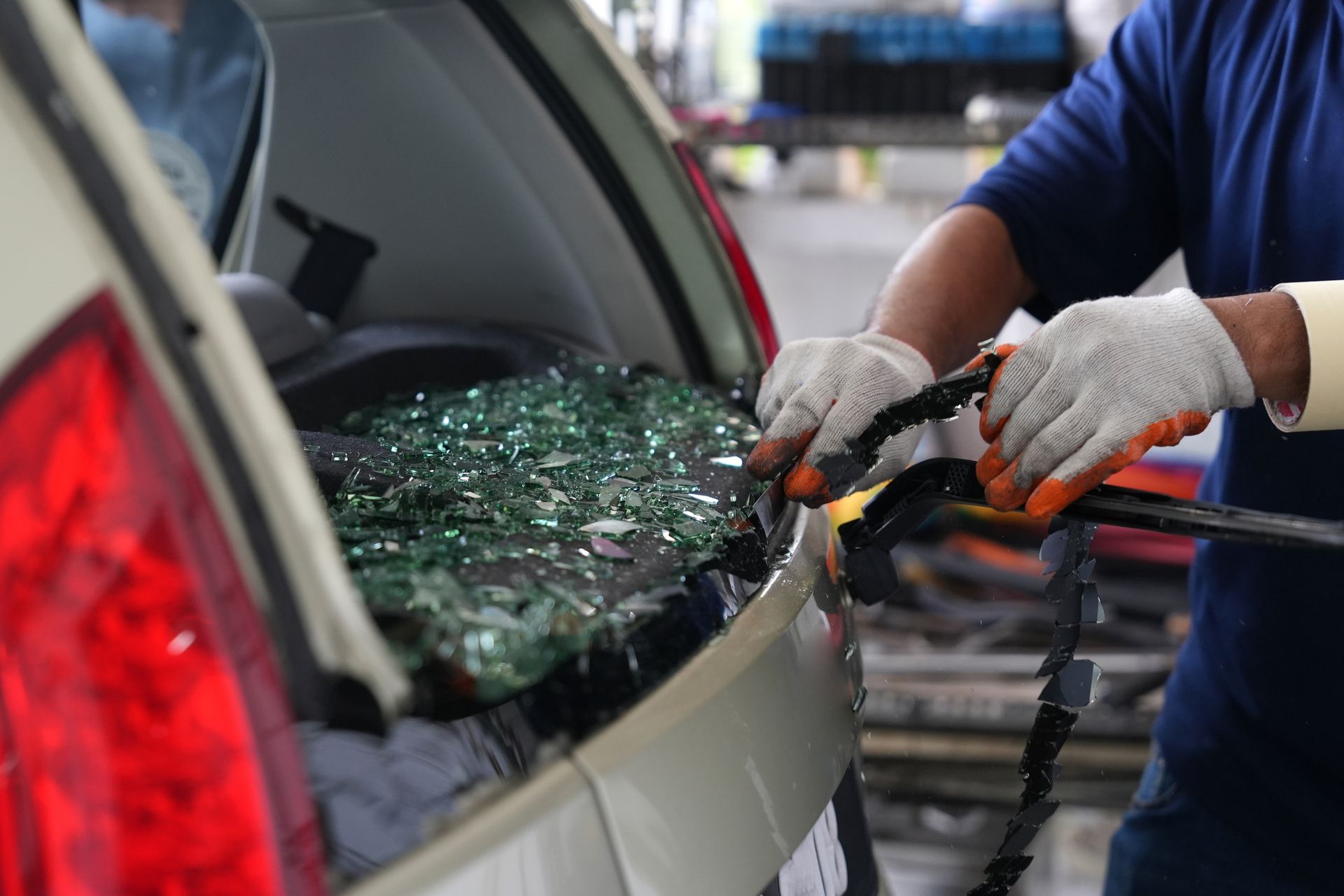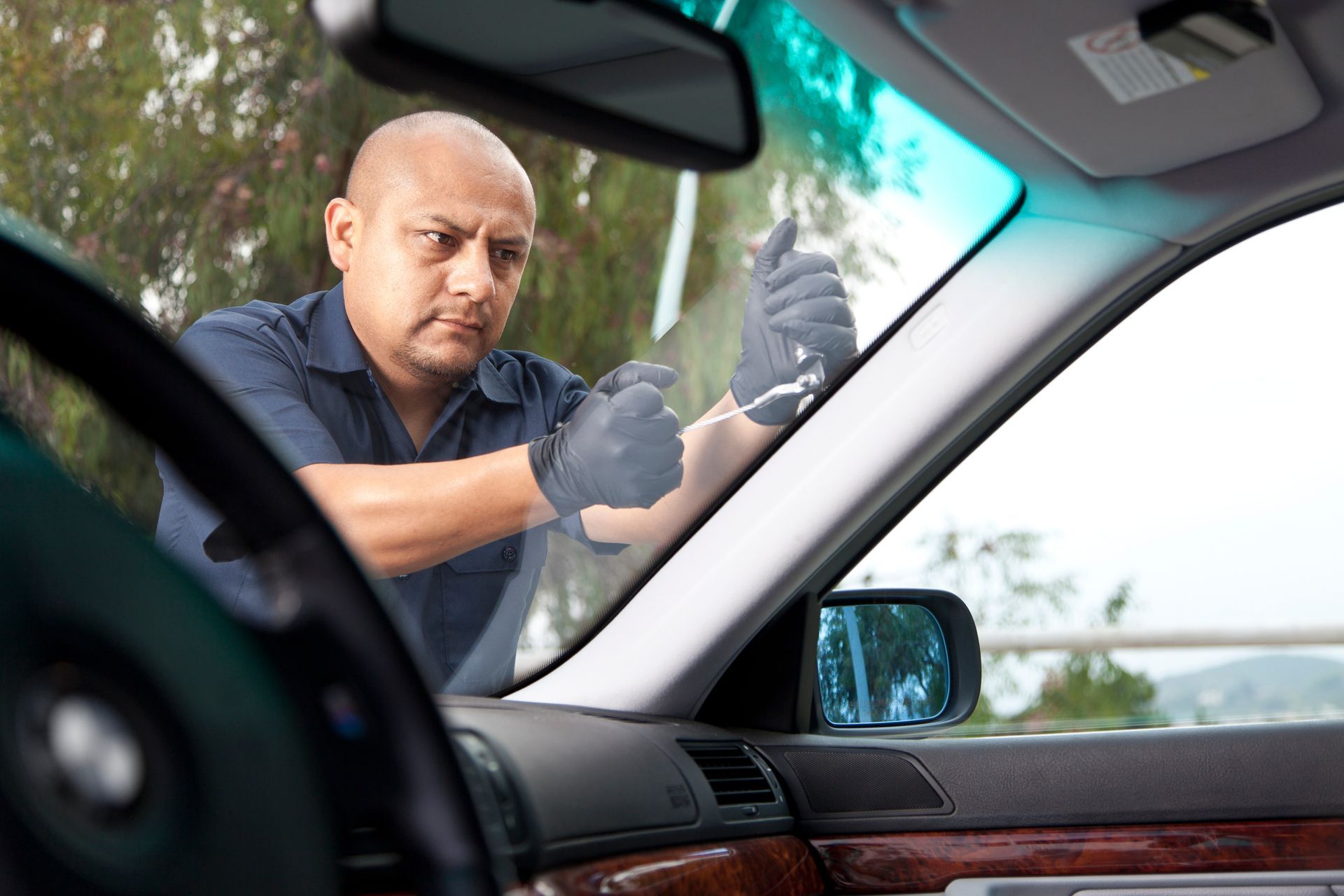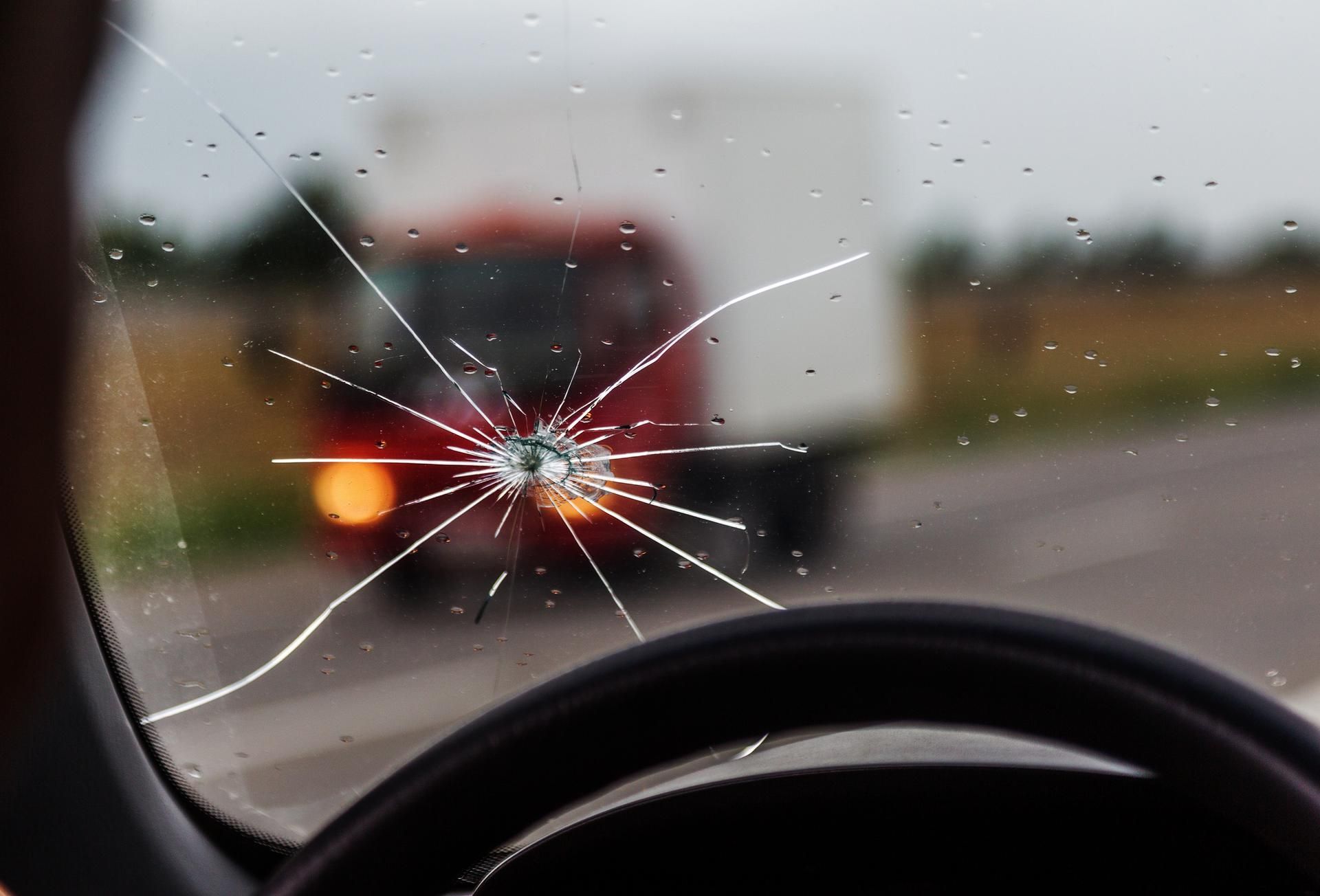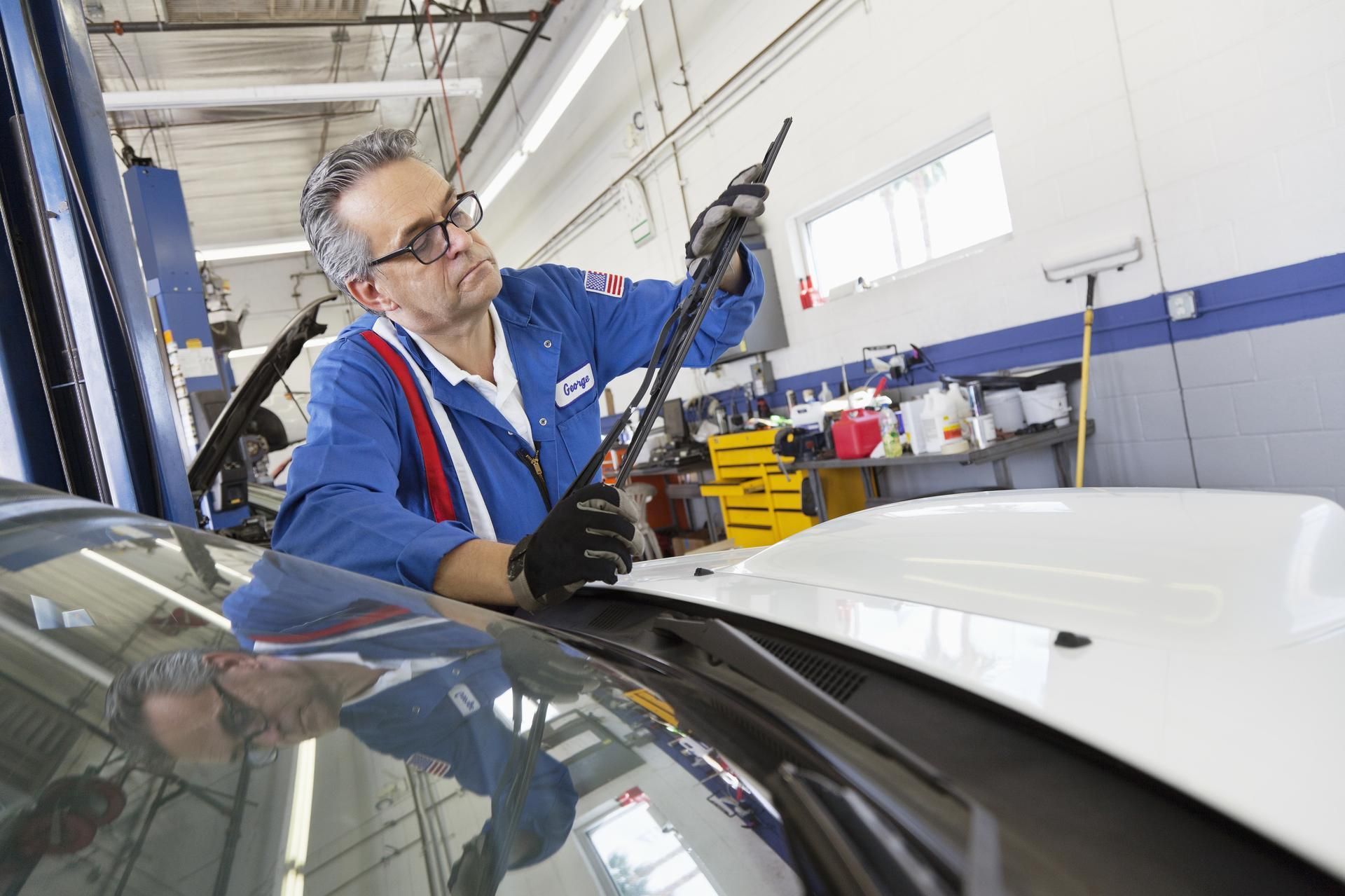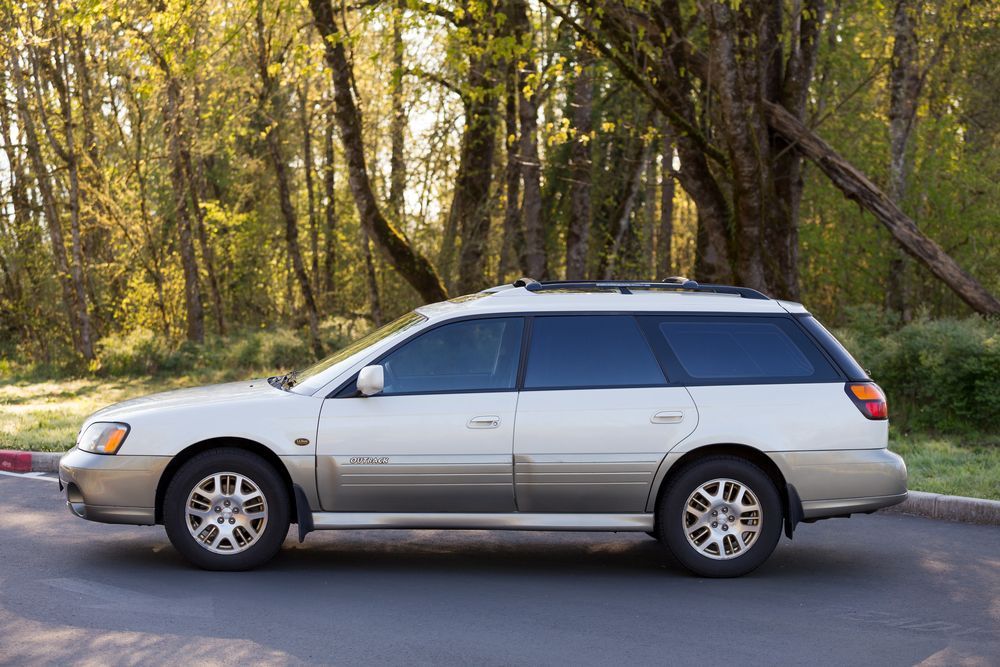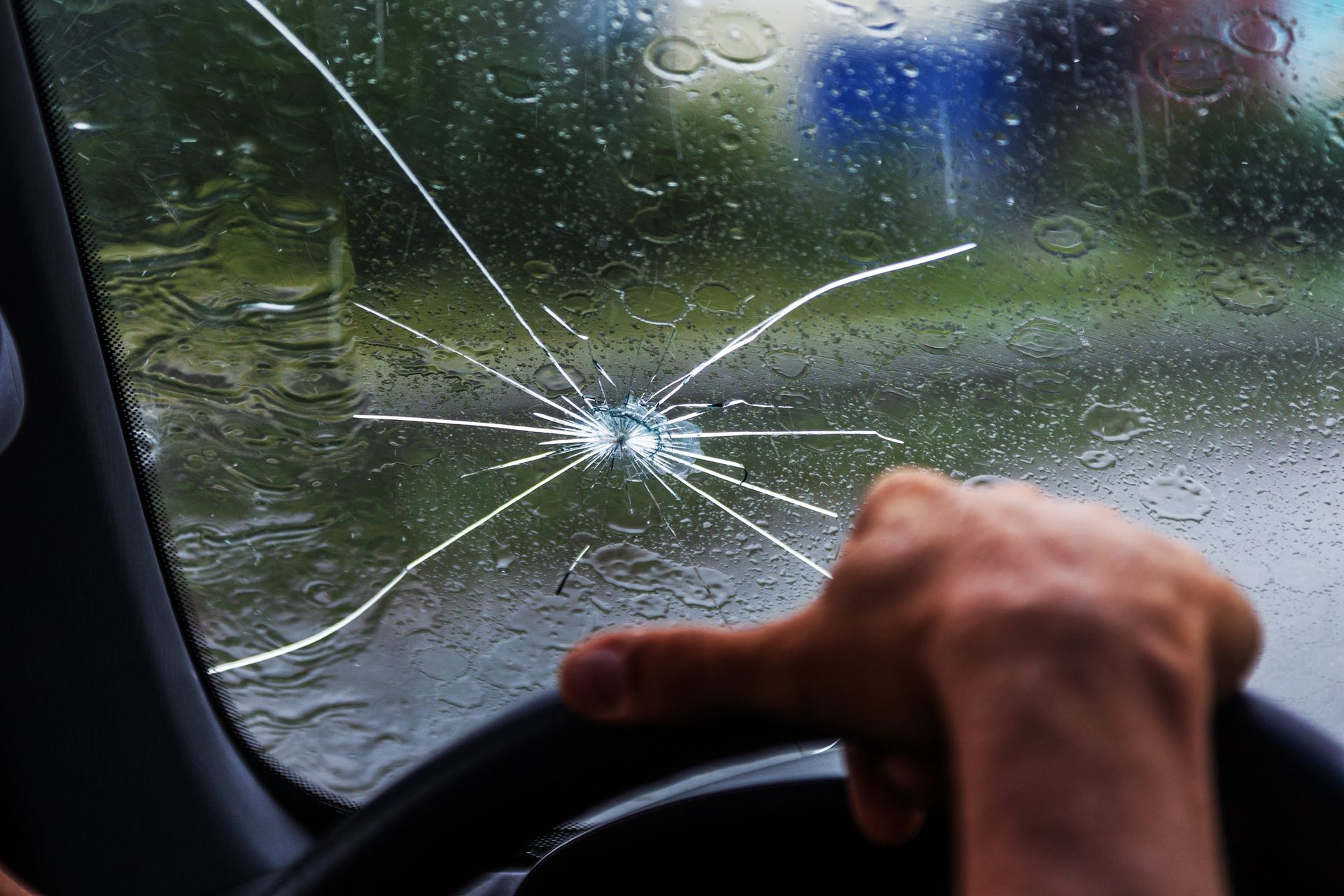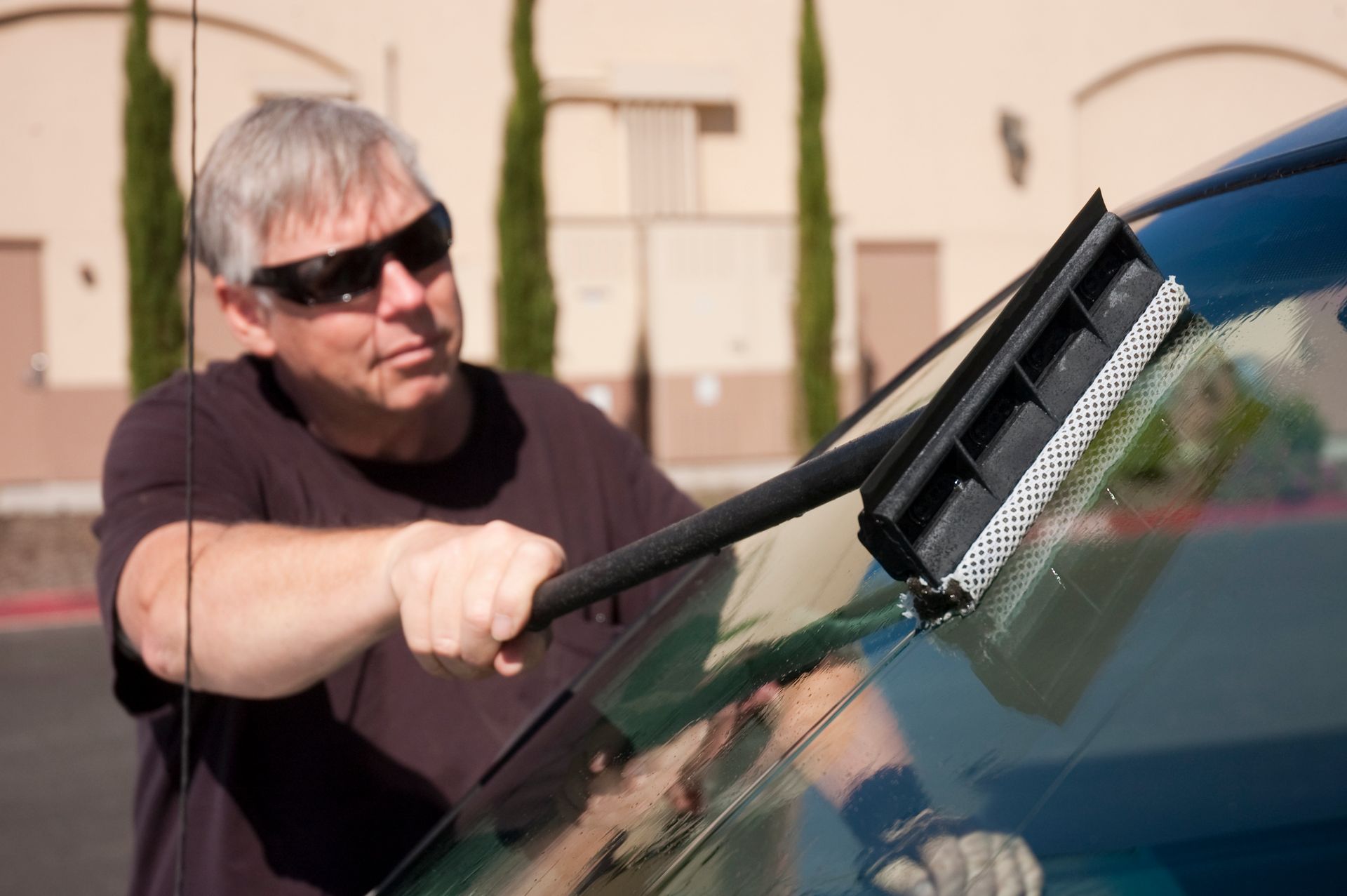What Are the Differences Between OEM and Aftermarket Auto Glass?

When you need to replace a windshield or other auto glass, you may hear terms like OEM, OEE, aftermarket, and premium that describe the quality of the replacement glass. Differences in quality certainly exist, but these terms aren't always a good indicator of which type of glass will work best for your vehicle. Learn more about your options in this blog.
What Is OEM Auto Glass?
OEM stands for original equipment manufacturer. OEM glass will have the same exact specifications as the glass installed by the manufacturer of your vehicle. However, vehicle manufacturers don't make their own glass. The manufacturer will subcontract the work to an auto glass manufacturer.
The glass manufacturer builds windows and windshields to the specifications of the vehicle manufacturer, but the vehicle manufacturer doesn't always stay with the same auto glassmaker. This scenario leads to the existence of two types of OEM or premium auto glass:
- Dealer auto glass comes from dealerships that order the glass from the original subcontractor.
- Distributor auto glass comes from a different auto glassmaker who has a contract with the carmaker.
No matter who makes the OEM glass, they must produce it the same way, using the process specified by the vehicle manufacturer.
What Is Aftermarket Auto Glass?
Aftermarket auto glass comes from glass manufacturers not contracted by the vehicle manufacturer. You will sometimes see this type of glass called OEE, or original equipment equivalent. It's difficult to fully quantify aftermarket auto glass because a lot depends on the glass manufacturer.
Some OEE glass can have poor quality, while some can have the equivalent quality of OEM glass. Some aftermarket glass surpasses the quality and safety specifications of OEM glass. Aftermarket glass may not come with the same types of service guarantees that OEM glass receives from dealers and vehicle manufacturers.
Still, some manufacturers of aftermarket glass can have a better guarantee or provide a guarantee if you don't already have one in place. The glass installer may also have a guarantee or warranty worth taking advantage of if you use the aftermarket glass they have.
What Are the Differences?
The differences between OEM and aftermarket glass typically have to do with price and quality.
Price
OEE auto glass is often less expensive than OEM glass. Just as some insurance plans require a premium windshield replacement, others want OEE glass instead because of the lower price tag. OEM glass typically costs more but will fit your vehicle perfectly. If you're in a leased vehicle, your dealer may have problems accepting the car back if you don't have an OEM windshield.
Quality
The difference in quality between different types of windshields is sometimes a very subjective matter. You might think an OEM windshield will have the highest quality standards, but that's not always true.
Consider a scenario where your OEM windshields always seem to have issues. Maybe they crack easily or don't insulate well. In such a case, an aftermarket window may just offer you far more value.
However, an aftermarket windshield may fare worse than your OEM one. Additionally, levels of quality change over time. What was high-quality auto glass a few years ago isn't always high-quality today. An aftermarket solution can fix that issue.
Features
Some windshields have features like ADAS, which stands for advanced driver-assistance systems. These represent the monitoring and sensor systems many modern vehicles come equipped with. Windshields for cars with ADAS require a lot of calibration and specialized tools when they're installed.
In most cases, cars with ADAS features will want OEM auto glass. Some aftermarket solutions exist that can accommodate ADAS features, but you will likely want to go with auto glass built to a vehicle manufacturer's specific guidelines and made by glass manufacturers that contract with your vehicle's manufacturer.
You can certainly find aftermarket glass and installers who can accommodate the needed calibrations and service. However, it's typically safer to go with the OEM glass if you don't already know something about how ADAS calibrations work with windshield installations.
What Type of Auto Glass That Will Work Best?
Often, your insurance provider will dictate which type of glass you can or can't consider. Otherwise, the reputation of the auto glass installer will give you the best indicator of auto glass quality. A good installer can typically satisfy an OEM auto glass request, but they may also have access to very high-quality aftermarket auto glass.
Those who work in the business of auto glass will have the best insight as to which glass will work best for the make and model of the vehicle you have. At MS Glass Outlet, we have a large glass inventory and access to both
OEM and high-quality aftermarket auto glass. When you bring your auto glass needs to us, you can do so with confidence. Contact us for a quote.

